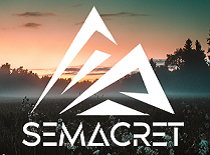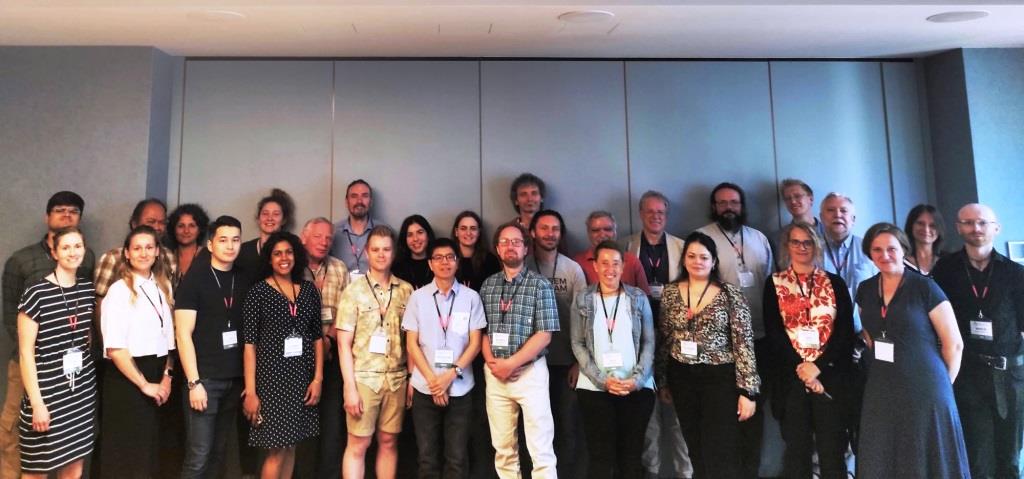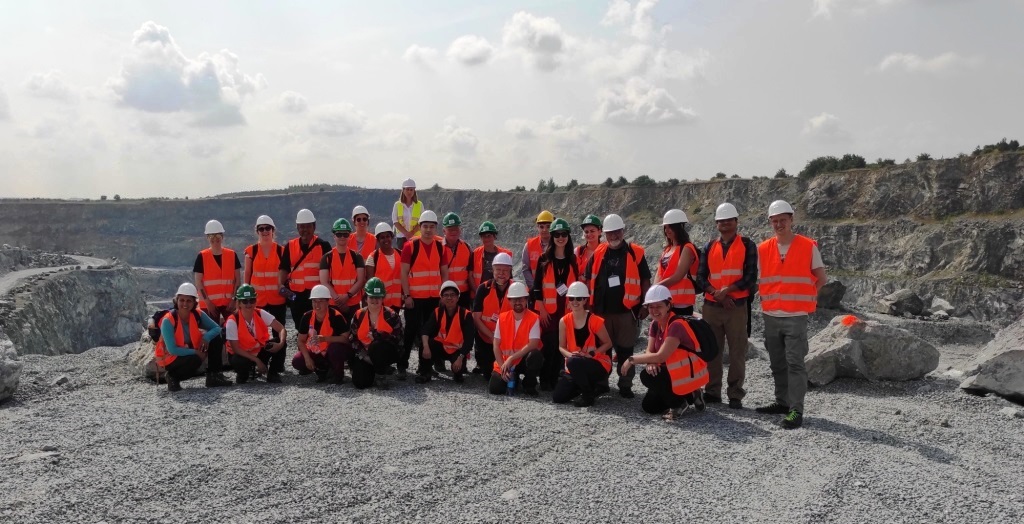 On 20-22 June 2023, Wrocław hosted participants of the third working meeting under the SEMACRET project (“Sustainable exploration for orthomagmatic (critical) raw materials in the EU: Charting the road to the green energy transition”). The meeting was attended by 32 participants. The primary objective of the project is to increase flexibility in the supply of raw materials (including critical raw materials) by developing exploration works and investigating the extraction options across the European Union.
On 20-22 June 2023, Wrocław hosted participants of the third working meeting under the SEMACRET project (“Sustainable exploration for orthomagmatic (critical) raw materials in the EU: Charting the road to the green energy transition”). The meeting was attended by 32 participants. The primary objective of the project is to increase flexibility in the supply of raw materials (including critical raw materials) by developing exploration works and investigating the extraction options across the European Union.
Our staff hosted international partners from Finland, the Czech Republic, Portugal, the United Kingdom, Italy, Spain, South Africa, Austria and Germany.

Participants of the SEMACRET project meeting in Wrocław
The two-day meeting, filled with presentations but also discussions in smaller work groups, was crowned by a field trip to the Ślęza ophiolite massif. We visited the serpentinite quarry in Nasławice and the abandoned magnesite mine in Wiry.
A nice highlight of the trip was a lunch at Przełęcz Tąpadła camping site, where professor Stanisław Mikulski from PIG-PIB presented our guests with fragments of drill cores and a collection of samples from Ślęża massif area.

The trip ended with a walk around Ślęza, aimed at exposing the interface between the gabbroic massif and granite.
Since June 2022, the Polish Geological Institute – PIB has been actively involved in the European research project entitled “Sustainable exploration for orthomagmatic (critical) raw materials in the EU: Charting the road to the green energy transition (SEMACRET)”.
As part of the project, a detailed geological survey of selected European orthomagmatic systems containing accumulations of elements such as nickel, copper, chromium, titanium, vanadium or platinum group metals is planned.
The research will be carried out in five of the most prospective mineralised areas in Europe, which are:
- Akanvaara (V-Cr-PGE) in northern Finland (Lapland Greenstone Belt),
- Beja (V-Ti) in Portugal (Variscan Massif),
- Ransko (Ni-Cu-Co-PGE) in the Czech Republic (Bohemian Massif),
- Suwałki (Fe-Ti, Suwalski Massif) in Poland,
- Strzegomiany – Kunów zone (V-Ti, Ślęza ophiolite) in Poland.
The final interpretation of the acquired study material, combined with archival information, is expected to ultimately lead to the development of three-dimensional models of the spread of mineralisation witin the deposits.
The project is coordinated by the University of Oulu (Finland) and brings together 17 international research units and industrial partners from various European countries.
The international consortium was established under the European grant “Horizon Europe – the Framework Programme for Research and Innovation (2021-2027)”.
Text: Olga Rosowiecka














 PGI-NRI offer
PGI-NRI offer Mineral resources of Poland
Mineral resources of Poland  Oil and Gas in Poland
Oil and Gas in Poland 




 Subscribe to RSS Feed
Subscribe to RSS Feed